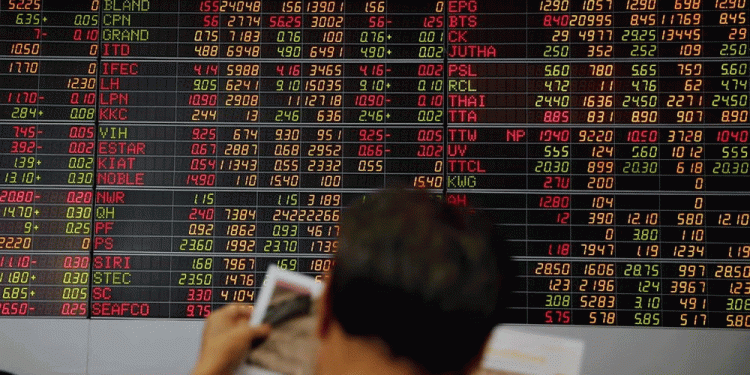Natural rubber prices nosedived in various global markets on account of poor demand from countries like China and oversupply of the commodity.
The Bangkok market earlier this week quoted Rs 95 per kg for the benchmark grade RSS-4 while the Tokyo Commodity Exchange (TOCOM) recorded a plunge ranging from 5.7-8 per cent in various contracts.
This is for the first time in the last seven years that Bangkok recorded a price below Rs 100 mark. On Friday previous week, Bangkok registered Rs 100/kg. On the same day last year, it was quoting at Rs 160 a kg.
The price of Standard Malaysian Rubber (SMR) had poorer performance as its price is now Rs 88 only. Compared with this, India is rather better positioned as RSS-4 gets Rs 121/kg in top Kottayam market. The local price dropped Rs 4/kg in this week itself.
According to experts, the steep fall in price is due to the poor offtake by China, world’s largest consumer, and by the European nations. The ongoing economic slowdown in China favours a sluggish demand while the drop in the price of synthetic rubber (SR) attracts European consumers.
There is a definite hike in the demand for synthetic rubber in the western world which affects the demand for NR, said an international expert. He said the price of rubber was likely to be on a lower strata till 2018 and a slight improvement might be seen by 2018 only.
The global price was likely to hover around $ 1.5/kg for the next three years, he added. According to him, this is because of the shift from natural rubber to synthetic rubber as more research is going on in SR on the quality front. This naturally affects the demand for NR, where research on quality is rather weak.
Last week, the Thai government approved $931 million in soft loans for cooperatives and companies to buy rubber from farmers as a way of propping up prices. But, demand is slack at the moment because of a slowing Chinese economy and lack lustre growth in the developed world.
Meanwhile, there are reports that tyre companies from China purchased rubber last week following a drop in inventories.
However, this slight pick-up in demand from top consumer China was not really taken as a sign of recovery in a market burdened by oversupply and confusion surrounding the sale of 200,000 tones of Thai rubber from state stockpiles.
Inventories in the bonded warehouses in Qingdao, in China, were estimated to have fallen to 192,200 tonnes, according to dealers, from 362,200 tn in mid-May and around 341,000 tn in June last year.
Tokyo rubber futures, a global benchmark, have fallen more than 30 per cent this year due to concern over demand and economic growth in China.
The Bangkok market today quoted lower as price for RSS-4 grade dropped to Rs 98/kg, while Standard Malaysian Rubber (SMR) quoted only Rs 91/kg. The trend indicates the poor offtake by major consuming countries, hence a low price regime can be expected in the future also, said a top Kochi-based dealer.
Cut down in production
Meanwhile, Hidde P Smit, former secretary general of International Rubber Study Group (IRSD) and a rubber market analyst, suggested tree-felling and reduced tapping to check oversupply.
Delivering the key-note address at the sixth edition of India Rubber Summit here he predicted that the low price regime could continue for the rest of the decade and even beyond.
He said any intensive rubber planting done now could lead to a glut in natural rubber market after six years, bringing the prices down further.
He added that world NR consumption was expected to touch 18.6 million tonnes by 2025, while NR supply may exceed demand at 19.3 million tonnes by 2025 and 20.2 million tonnes by 2030.
However, Indian market representatives disagreed, pointing to the Indian example and suggesting the rising supply deficit could be bridged only by boosting production.
– Business Standard

























